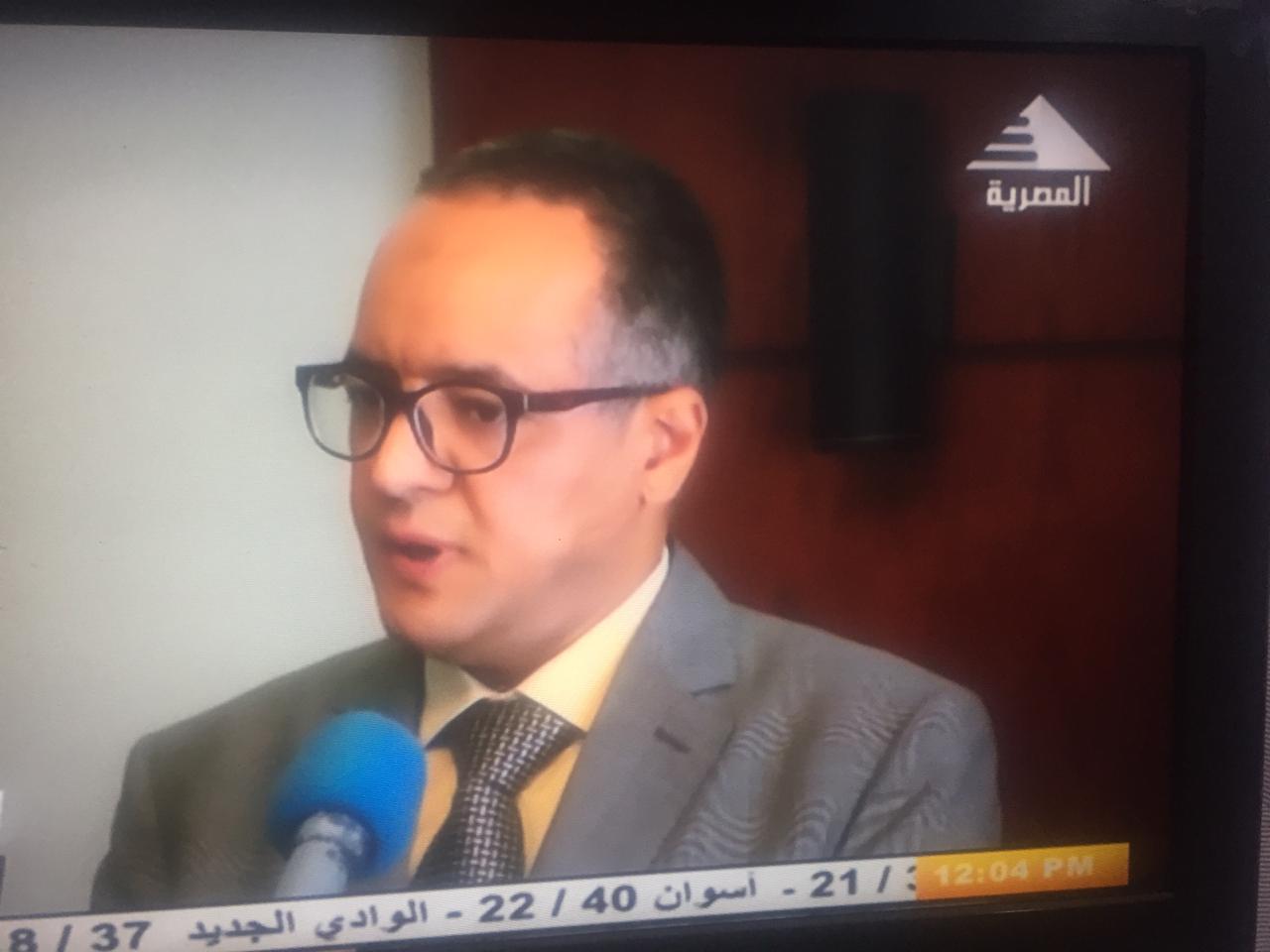Abstract
Purpose: To assess anterior segment parameters of keratoconus (KC) eyes at different stages of the disease using Scheimpflug-placido topography (Sirius, CSO, Italy) in a sample of the southern Egyptian population.
Methods: retrospective study of 400eyes of different grades of keratoconus along with 50 normal eyes as a control group were assessed for the following parameters: corneal thickness at apex (CCT), thinnest corneal thickness (TCT), anterior chamber depth (ACD), corneal volume (CV), corneal keratometry, corneal asphericity (Q), corneal elevation (both anterior and posterior) with aspherotoric surface as a reference, total root mean square (RMS), RMS Coma, RMS spherical aberration (SA), RMS Astigmatism, , Baiocchi Calossi Versaci front index (BCVf) and BCV back index (BCVb). They underwent Sirius Schemipflug placid topographer evaluation.
Results: eyes were subdivided into: normal group (50 eyes), suspect KC (82eyes), grade 1 KC (80eyes), grade 2 KC (142eyes), and grade 3 KC (96eyes). The thinnest corneal thickness corneal thickness at apex and posterior corneal elevation were significantly different in all comparison groups. ACD values showed inconsistent differences between groups. Corneal volume was proved to be significant in comparing normal vs suspect KC group as well as in normal vs mild KC and normal vs moderate KC. Total RMS, RMS coma and BCV f and BCV b were significant for most groups
Conclusion: Corneal thickness and high order aberrations proved to be able to diagnose different grades of keratoconus while corneal volume did not prove to have a significant role.

